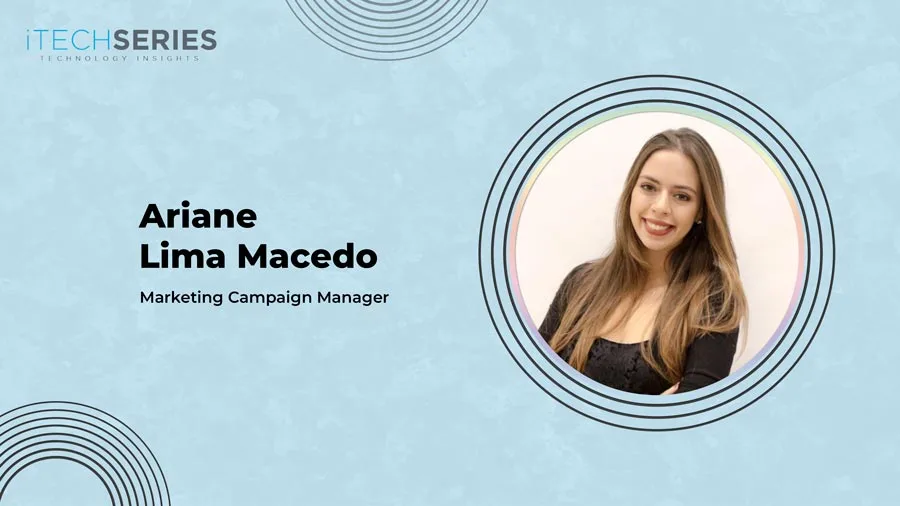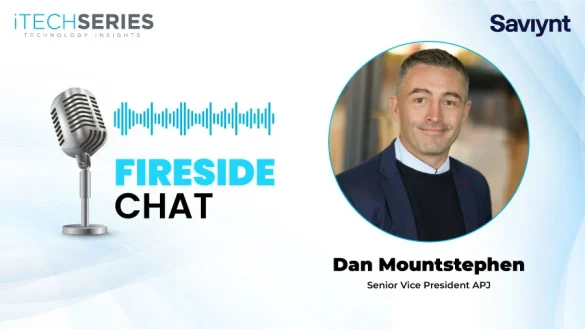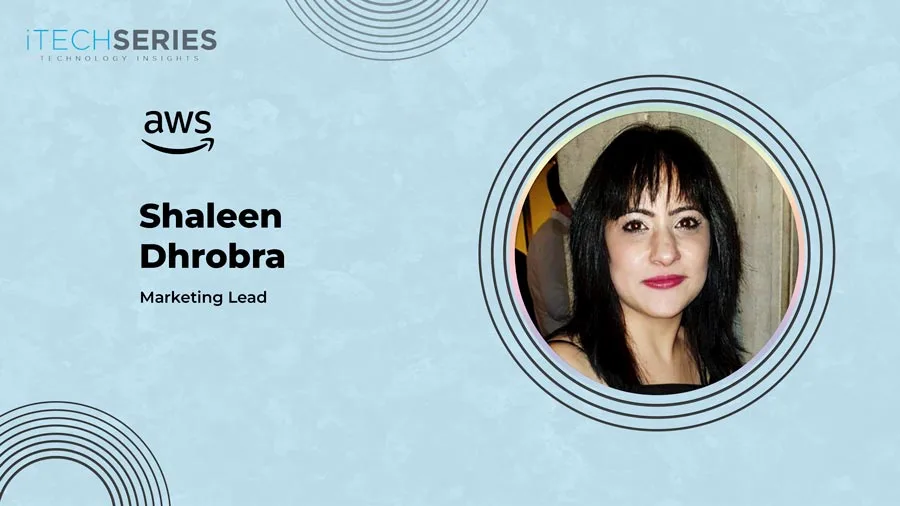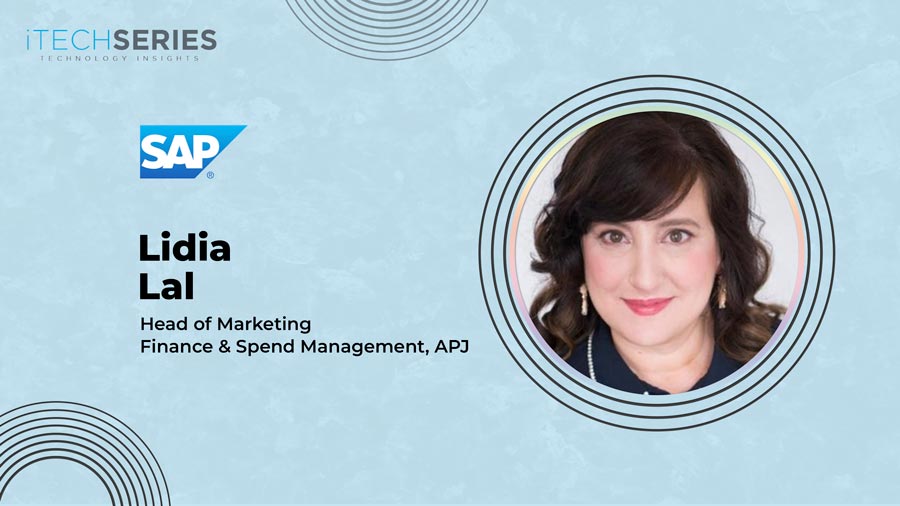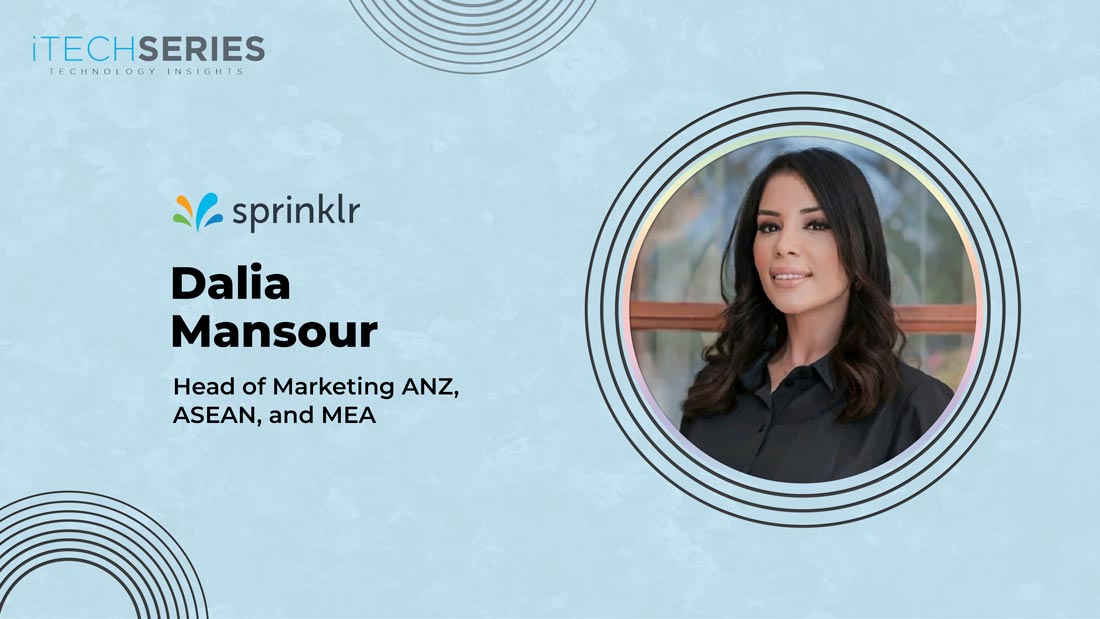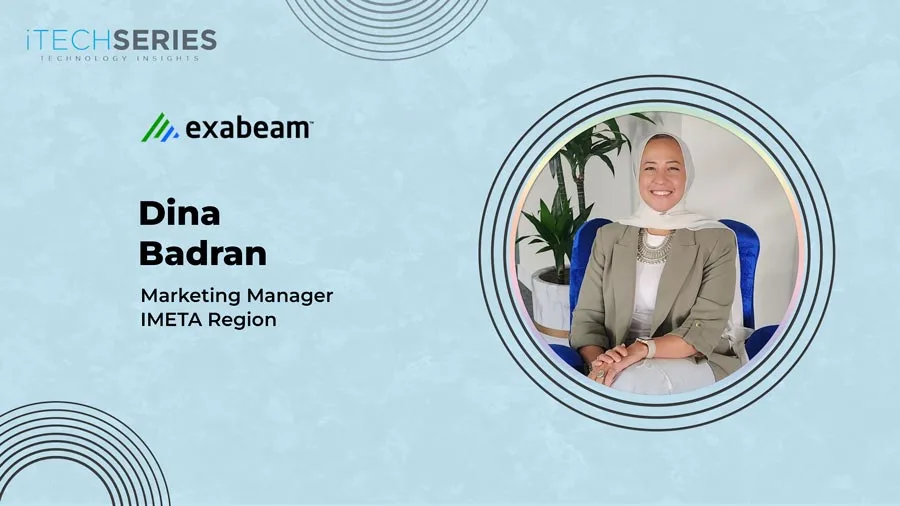Ariane Lima Macedo, a senior marketing professional, shares her journey from content creation to leading global campaigns across the US, EMEA, and APAC. She discusses balancing creativity with data, scaling campaigns with localization, aligning cross-functional teams, leveraging AI for efficiency, and driving impactful, timely marketing strategies in a fast-evolving B2B landscape.
It’s a pleasure to have you for this interview, Ariane. Could you tell us more about yourself and your marketing journey?
Absolutely! It’s a pleasure to be interviewed. Well, let me share a bit about myself and my journey in marketing. My name is Ariane Lima Macedo, and I’ve been working in marketing for several years now. I’ve always been curious about how brands can truly connect with people in meaningful ways.
I started my career working across different areas of communication and marketing, from content creation to campaign management. Over time, I became more focused on digital marketing and international projects, which made me realize how much I enjoy working with diverse cultures and market contexts.
Today, I live in Brazil and work for an international software company, where I support marketing teams across the US, EMEA, and APAC regions. In my role, I go beyond just planning and executing campaigns: I also contribute to reassessing internal processes, evaluating the tools we use, and finding ways to improve our speed to market. I take part in the entire process of bringing campaigns to life globally, from conception to results analysis, always with an emphasis on clarity, creativity, and relevance.
This multicultural experience has been truly enriching, as it allows me to understand different audiences and adapt strategies in a very tailored way. And it’s exactly this combination of strategic vision, creativity, and global perspective that motivates me every day and that I want to keep developing throughout my career.
When planning and executing campaigns, how do you balance creative insights with data-driven decision-making?
I believe the best way to balance creative insights with data-driven decision-making is to start with a clear goal. Many times, the two get mixed up when the campaign’s objective isn’t well defined, whether it’s demand generation, branding, or something else. Without clarity on the goal, it doesn’t matter if you have a great creative idea or strong data; you won’t reach the right people at the right time because the strategy isn’t aligned.
That’s why I always say it all starts with setting the right objective. Once the goal is well defined, sharing this information with the creative teams makes a huge difference. It allows them to fully understand what we’re trying to achieve while still giving them the freedom to bring their best ideas to life. This way, we can balance creativity with precision, making sure the campaign resonates with the audience while also meeting the performance metrics we’re aiming for.
You’ve executed campaigns across diverse markets; what are the biggest challenges and opportunities when scaling campaigns globally?
When it comes to scaling campaigns globally, I’d say the biggest challenge is maintaining a consistent brand identity and tone of voice while at the same time making the right local adjustments. The goal is always to deliver a cohesive brand experience, but we also need to adapt messaging so it truly resonates with what people are looking for in each market.
Today, technology makes localization and personalization easier, but I still see many marketers struggle with defining clear objectives for each region. Sometimes there’s this assumption that all markets think the same way, especially in B2B, but that’s not the case. We’re still speaking to people, and each market has different needs, cultures, and expectations. That’s why it’s so important to plan ahead and to already consider during the briefing stage how campaigns will need to adapt across regions.
Another big challenge and also an opportunity lies in the technical details that are often overlooked. A simple example is email campaigns. When you localize content, you also need to think about the best send times across different time zones or how the format might adapt to local tools and preferences. These details may seem small, but they have a big impact on how the audience perceives your message.
So, for me, the key is to start with a clear goal, understand the specific needs of each market, and combine creativity with data to personalize at scale without losing the brand’s global consistency. That’s where the biggest challenges lie, but also where the greatest opportunities come from.
What’s your approach to ensuring collaboration and alignment across cross-functional teams spread across multiple time zones?
For me, the first step to ensuring collaboration and alignment across cross-functional teams in different time zones is having clarity about where people are, how they work, and what their local context looks like. It’s less about imposing rigid rules and more about truly understanding the team, their time zones, and even their cultural dynamics.
Once you have that awareness, it becomes much easier to define clear processes and decide when each part of the campaign should be executed. For example, when I work with our team in India, I know they’re a few hours ahead of me in Brazil. So if I need something ready to go live on Monday morning in their region, I make sure to share the necessary information with them well in advance. Otherwise, if I send it on Friday, they might have questions on Monday when I’m still offline, and that could delay the campaign.
That’s why I think it’s crucial not only to plan timelines considering time zones but also to establish clear rules for collaboration. It’s important to empower someone locally who can make decisions when you’re not available, so the process doesn’t get blocked. And when campaigns are time-sensitive, it’s about briefing everyone early and setting new engagement rules for that specific period, because sometimes you need to make compromises to meet deadlines.
At the end of the day, working across time zones requires adaptability. It won’t be exactly like working in the same office or even the same region, but with clarity, clear guidelines, and trust in your teams, you can make collaboration flow and ensure campaigns go to market successfully and on time.
“I believe the best way to balance creative insights with data-driven decision-making is to start with a clear goal.”
What has been your most challenging yet rewarding marketing campaign experience?
I’ve had challenging and rewarding experiences in different markets, but one of the most recent ones happened earlier this year, when the new U.S. administration imposed tariffs that directly impacted commerce and local markets. We quickly created a campaign to update our customers and prospects about those changes and the specific rules the government had introduced.
We launched a webinar series to address these changes with less than two weeks to make it happen. Normally, webinars take longer to plan and execute because you need to set up tools, create and translate assets like emails and landing pages, manage promotion, and involve multiple teams such as legal, editorial, content, and creative.
The challenge was making sure all of this came together in a short timeframe, across time zones. But that’s also what made it rewarding. We collaborated effectively, got approvals on time, and delivered a timely campaign that showed our customers we were ready to support them.
What stood out for me is that sometimes you need to be flexible and find new ways to execute when time is limited. It’s crucial to know which teams to involve and bring them into the conversation early, even if you don’t need their deliverables right away. That way, everyone understands the urgency and can prioritize accordingly. For me, this campaign was a great example of turning a challenging situation into an opportunity to demonstrate agility, collaboration, and relevance in a global market.
When faced with multiple campaign ideas, what’s your method for prioritizing them in terms of impact and feasibility?
When it comes to prioritizing campaigns, the first and most obvious step is always aligning with company goals. If the objective is to increase top-of-funnel leads or to convert more of the leads already in the pipeline, that will directly influence which campaigns need to go to market first and which ones require more attention.
But I also believe it’s not just about the numbers. Timing matters too. Sometimes we focus too much on executing strategies defined months ago, while the market is changing very quickly. That’s why I like to use a balanced approach. About 80% of campaigns should follow the calendar and strategic plan we’ve already defined, but I leave room for around 20% to be more flexible and respond to time-sensitive opportunities. Those campaigns can help strengthen brand relevance and show that we’re connected to what the market needs at that exact moment.
Of course, prioritization also requires alignment. It’s not simply about picking favorites, but about making sure everyone, from those executing the campaigns to the stakeholders requesting them, understands the targets we’ve set. That way, we can adjust expectations, ensure the most impactful campaigns get the right resources, and ultimately deliver results that matter to the business.
In what ways have AI-powered tools changed how you plan, execute, and scale marketing campaigns with greater precision?
Honestly, I tried to think of the last time I planned, executed, or even worked on something without using AI tools like ChatGPT, and I couldn’t remember. That shows how much they’ve already transformed the way we work. I’d say at least 80% of my daily tasks are now impacted by AI, from the most basic activities all the way to building strategies and campaign plans.
Where I see the biggest change is in planning. AI allows me to put ideas on paper much faster, whether that’s drafting a presentation, outlining a campaign, or shaping a strategy. What might have taken weeks or even months before can now be done in a matter of days, giving us more room to refine and evolve.
Another important aspect is collaboration. It’s not just about how I use these tools individually, but also how teams can connect information, make knowledge more accessible, and repurpose content into different formats. That has made collaboration more agile and scalable.
Of course, the challenge now is maintaining personalization and a real human connection. With so much content being produced at scale, it’s easy to lose that authenticity. I believe the real opportunity lies in combining the speed and scalability that AI provides with the creativity and quality that only humans can bring. Instead of focusing solely on producing more, we should use AI to free up time and energy to create better, ensuring campaigns not only scale but also resonate meaningfully with audiences.
Looking ahead, what trends do you believe will have the biggest impact on global B2B demand generation over the next 3–5 years?
Looking ahead, I’d highlight three main trends that will have the biggest impact on global B2B demand generation over the next three to five years.
The first is how we consume and search for content. What once started with SEO is now shifting to GEO (generative engine optimization). It’s no longer just about ranking but about how companies show up in AI-powered search tools like ChatGPT, Gemini, and others. For years, most B2B brands have invested heavily in Google’s presence, and now they must adapt to ensure they remain discoverable in this new environment.
The second is the evolution of the funnel. Traditionally, B2B demand generation relied on a linear funnel, prospects consuming content, moving stage by stage, and converting. That model no longer reflects reality. Buyers now interact with brands across multiple touchpoints in nonlinear ways. B2B must adopt approaches B2C has refined, expanding beyond classic digital channels into events, experiential marketing, and personal interactions.
Finally, influence and thought leadership will grow even more critical. For years, B2B was seen as “boring,” with campaigns that looked and sounded the same. Today, when data is easily accessible, what differentiates a brand is the personality, perspective, and human connection it offers. That means investing in thought leadership, influencer partnerships, and authentic storytelling to stand out.
Of course, the market will keep evolving, but I believe these three trends, GEO, the shift beyond the linear funnel, and influence through more human, creative approaches will most shape the future of global B2B demand generation.
Thank you!
About Ariane Lima Macedo
Ariane is a B2B Marketing and Demand Generation specialist with extensive experience driving global campaigns across EMEA, APAC, LATAM, and the U.S. At Avalara, she leads end-to-end campaign execution, optimizing processes and aligning marketing with business goals. Passionate about international marketing, Ariane combines strategic planning, creative insight, and data-driven decision-making to deliver measurable results, enhance lead generation, and empower teams to scale across diverse markets.

